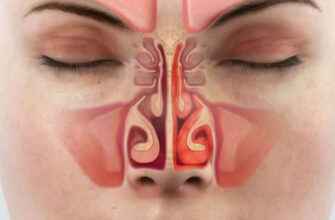Heart attacks, also known as myocardial infarctions, are a leading cause of death worldwide. In the United States alone, around 735,000 people experience a heart attack each year. Understanding the symptoms, risk factors, and recovery process of a heart attack is crucial in preventing long-term complications and improving outcomes.
Symptoms of a Heart Attack
The most common symptom of a heart attack is chest pain or discomfort, which can feel like pressure, squeezing, or fullness. Other symptoms may include shortness of breath, nausea, lightheadedness, and pain or discomfort in other areas of the body such as the arms, jaw, neck, back, or stomach.
Causes and Risk Factors
Heart attacks occur when blood flow to the heart is blocked, often by a blood clot. Several factors can increase the risk of developing a heart attack, including smoking, high blood pressure, high cholesterol, diabetes, obesity, a family history of heart disease, and a sedentary lifestyle.
Diagnosis
A heart attack is typically diagnosed through a combination of a physical exam, medical history, and various tests such as an electrocardiogram (ECG), blood tests, and imaging tests such as a coronary angiogram.
Treatment
Immediate treatment for a heart attack usually involves medications such as aspirin, nitroglycerin, and thrombolytics to help dissolve blood clots. Procedures such as angioplasty and stenting may also be performed to restore blood flow to the heart.
Recovery
Recovery from a heart attack may involve a period of rest and rehabilitation, including lifestyle changes such as quitting smoking, adopting a healthy diet, and engaging in regular exercise. Cardiac rehabilitation programs may also be recommended to help individuals recover and improve their overall heart health.
Prevention
Preventing a heart attack involves managing risk factors such as high blood pressure, high cholesterol, and diabetes. Lifestyle changes such as quitting smoking, maintaining a healthy weight, and engaging in regular physical activity can also reduce the risk of heart disease.
Complications
Complications from a heart attack can include heart failure, arrhythmias, and cardiac arrest. Prompt medical attention and ongoing management of heart disease can help reduce the risk of these complications.
Prognosis
The prognosis for a heart attack varies depending on the severity of the damage to the heart and the individual’s overall health. With prompt medical attention and ongoing management, many individuals can lead healthy and fulfilling lives after a heart attack.
Support
Support from family, friends, and healthcare professionals can play an important role in the recovery process after a heart attack. Mental health support may also be beneficial in managing the emotional impact of a heart attack.
Research
Ongoing research is being conducted to better understand the causes and risk factors of heart disease and to develop new treatments and prevention strategies.
Conclusion
Heart attacks can be a serious and life-threatening condition, but prompt medical attention and ongoing management can greatly improve outcomes. Understanding the symptoms, risk factors, and recovery process of a heart attack can help individuals reduce their risk and improve their overall heart health.











